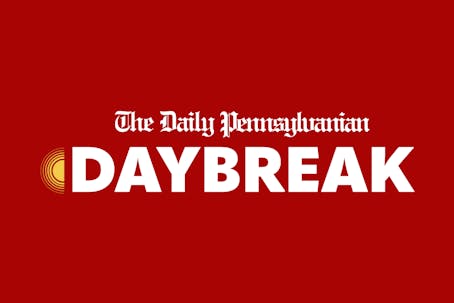"Welcome to PARIS -- The Penn Automated Registration Information System." Course registration has come a long way since the days when students waited in long lines to get into their top-choice classes, and what used to be a scene of chaos has been transformed into a complex computerized system. As advanced registration closed Sunday, many students were thankful to be rid of the PARIS voice and the Penn InTouch World Wide Web site. But the registration process continues behind the scenes long after numb fingers have finished punching primary and alternate class requests. Aiming to unveil some of the mystery surrounding PARIS, University Registrar Ron Sanders described the system as "nothing more than a front-end piece of software" that directly enters requests into a student's record. Yet in the same breath, he praised the program's complexity. "It is one of the most complicated programs I have ever seen," he said, adding that the University needs a powerful database to handle the approximately 14,000 students vying for 6,000 courses. During the two-week advanced registration period, student requests are stored in the database. The computer then sorts the information in one intensive two-hour session. "The process is designed so that everybody has the opportunity to select courses they would like to take," Sanders said. But the road to satisfactory student schedules is riddled with red tape. "Every course has a priority code," Assistant University Registrar Janet Ansert said, adding that a majority of the 18 codes restrict courses based on a student's year and/or major status. Prerequisites and limited class size may also hinder student access to a number of University-wide seminars. The computer initially looks at priority codes to determine student eligibility for courses, Sanders said. Then the program considers all students who list a given course -- History 171: History of the American South -- for example, as their first primary request. A senior who lists History 171 as a third primary request may have an advantage over a junior who lists the course as a top primary request, depending on the course's priority code, Sanders said. He advised students to engage in some"common-sense requesting," when connecting with PARIS or Penn InTouch, to secure the maximum number of primary requests. Students are generally enrolled in two or three of their primary requests, but the number fluctuates according to the student's major and course popularity, he added. "One student may receive all of his primary requests while another may be denied all of his requests," Sanders said. "Nothing is done to try to make it even." Following the computer program's first two test runs, individual schools evaluate the results and may adjust their course line-ups according to student need. Yet Sanders said a school rarely adds sections or increases class size, since it already has a fixed budget at the start of pre-registration. Ansert noted some positive aspects of the "student-service driven" system, citing Penn as the only member of the Ivy League equipped with both phone and World Wide Web-based registration mechanisms. The University terminated arena registration in 1968, and PARIS replaced bubble forms in 1990. Course registration via Penn InTouch came online last fall. The program's third run yields the final results, mailed out by December 1, allowing students to become reacquainted with the voice of PARIS at the start of open drop-add period during the first week of December.
The Daily Pennsylvanian is an independent, student-run newspaper. Please consider making a donation to support the coverage that shapes the University. Your generosity ensures a future of strong journalism at Penn.
DonatePlease note All comments are eligible for publication in The Daily Pennsylvanian.




